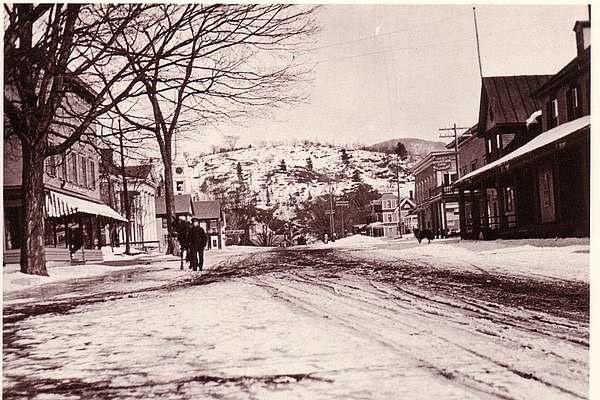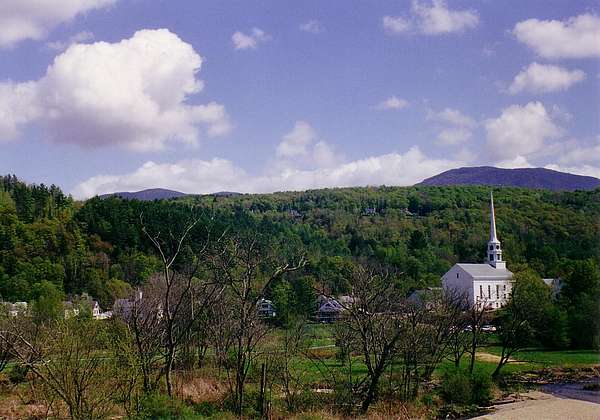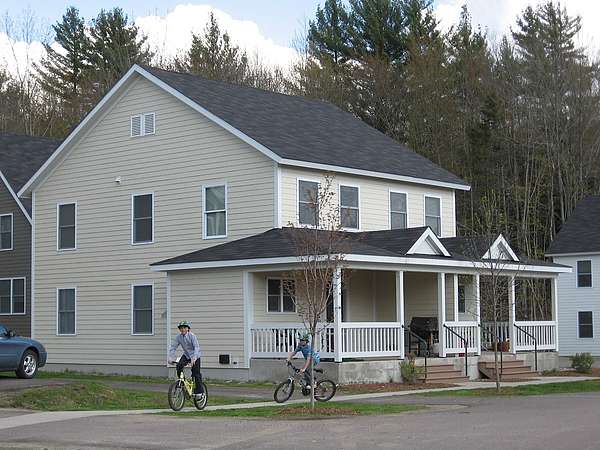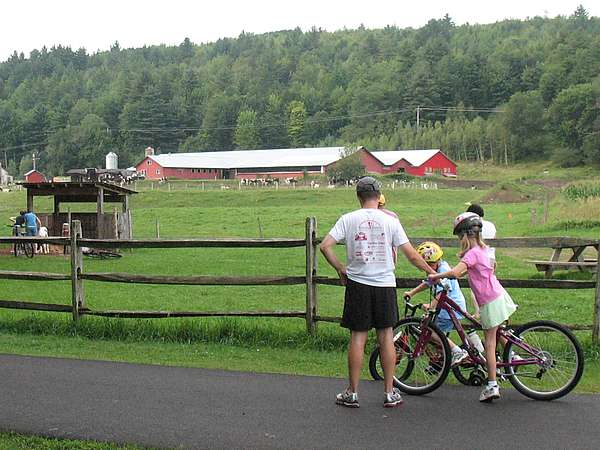By Kristen Sharpless, Executive Director
Earlier this year, Stowe Land Trust joined the Lamoille Regional Planning Commission and Lamoille Housing Partnership in commissioning a study of housing conditions and needs in Lamoille County. This joint effort may appear unlikely to some. After all, at first glance, Stowe Land Trust’s land conservation work - protecting scenic, recreational, and productive farm and forest lands - has nothing to do with housing.
Or does it?
Our rural landscape and the availability of high-quality housing are both critical to our community’s economic vitality and quality of life. Housing and conservation are also both affected by market forces and scarce acres that can make it challenging to use land efficiently. And we know that the decisions we make about which lands to conserve affect the availability and location of remaining developable land, as well as desirability and value of existing housing. The inverse is also true: where we choose to build housing affects the availability and conservation value of surrounding farm, forest, and recreation lands.
Given that these two sectors are more interrelated than first meets the eye, it is critical that we develop strategic and integrated approaches to meet community needs for both conservation and housing in ways that are complementary rather than at odds.
Vermont is a national leader in integrating conservation and housing. This trend is largely thanks to the existence of the Vermont Housing and Conservation Board, an independent, state-supported funding agency that was created in 1987 to further the dual goals of creating affordable housing for Vermonters and conserving and protecting our state’s rural landscape. Since 1987, the Board's funds have been used to create more than 12,600 affordable homes, to conserve more than 700 farms and 300,000 acres of natural areas and recreational lands, and to restore 69 historic public buildings for public use.
Over the years, Stowe Land Trust has received nearly $1.7 million in funding from the Vermont Housing and Conservation Board to conserve lands important to our community including Cady Hill Forest, Adams Camp, Bingham Falls, Sunset Rock and Pinnacle Meadows. The Board’s investments in housing in Stowe include Sylvan Woods: a community of 28 affordable apartments and 8 owner-owned condos built close to the village by the Lamoille Housing Partnership and Housing Vermont in 2007. Although examples exist elsewhere in Vermont, to date, conservation and housing have not been intentionally combined within the same project in the Stowe area.
According to the 2018 Stowe Town Plan, housing affordability - like land conservation - has been a local planning concern since the 1980s. It is also increasingly becoming a business concern as employees find it harder to secure housing even in broader regional markets. The 2018 Housing Study and Needs Assessment points to two clear needs for Lamoille County in general and Stowe in particular: more market rate rentals and more senior-oriented housing for low to moderate household incomes.
There has been some new construction in Stowe of condos and long-term rental units, such as the Mountain Haus apartments. Some older lodges on Route 108 are also being renovated into seasonal housing for Stowe Mountain Resort employees. However, in spite of these recent projects, vacancy rates in our area are still very low and demand for high-quality, affordable housing exceeds supply.
What role could a local land trust have to play in helping to meet this need? Based on examples of successful projects from around Vermont and the country, it could include partnering with a developer or housing organization like Lamoille Housing Partnership to create new public access, trails, community open space, or recreation fields as part of a new housing development or helping to make land available on which to build. The 2018 housing study does not identify specific opportunities for conservation-based affordable housing projects in our area. But it does define housing conditions and priorities and provides a jumping off point for thinking creatively about how to meet multiple community needs in new ways.



